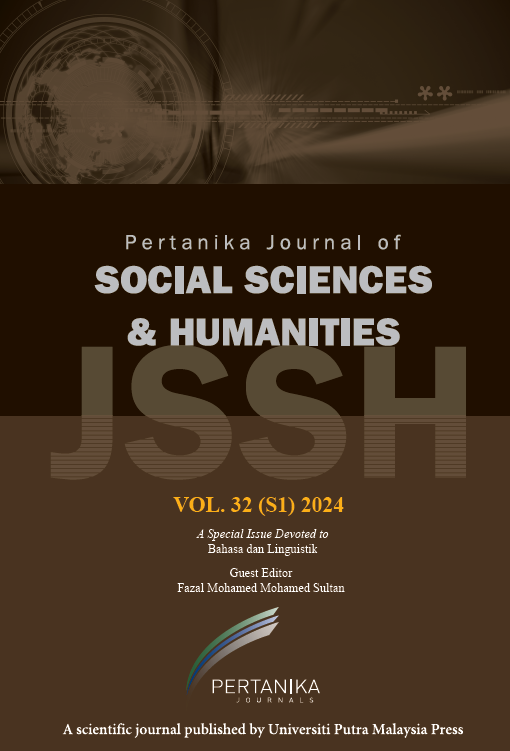PERTANIKA JOURNAL OF SOCIAL SCIENCES AND HUMANITIES
e-ISSN 2231-8534
ISSN 0128-7702
Home / Regular Issue / / J
J
J
Pertanika Journal of Social Science and Humanities, Volume J, Issue J, January J
Keywords: J
Published on: J
J
ISSN 0128-7702
e-ISSN 2231-8534
Recent Articles




